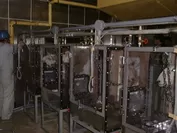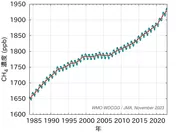Demonstration of Safe Reduction of Methane Gas from Ruminants by L-Cysteine Hydrochloride and Sodium Nitrate Blended Diets
株式会社サンクト
SANCT Corporation (headquartered in Koto-ku, Tokyo; hereinafter referred to as "SANCT") and Professor Emeritus Junichi Takahashi of Obihiro University of Agriculture and Veterinary Medicine, who signed an agreement for joint research and development in January 2022, have submitted a research paper on the safe reduction of methane gas in ruminant burps by combining a minimal effective amount of L-cysteine and sodium nitrate. The paper was accepted for publication in Science of the Total Environment in October 2023. (Impact Factor (IF): 9.8 (2022)
In the rumen of ruminants, anaerobic bacteria ferment the ingested feed, and methanogenic bacteria produce methane gas from the generated hydrogen, which is eventually released into the atmosphere as an ambiguous gas (burp), which is known to be a cause of global warming.
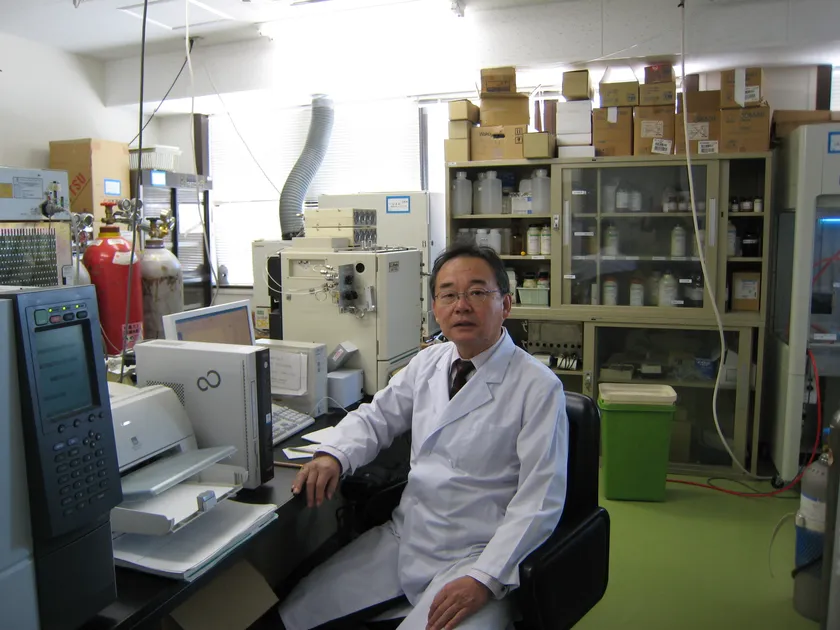
Dr. Junichi Takahashi
Although sodium nitrate reduces hydrogen production in the rumen and suppresses methane gas production by methanogenic bacteria, there is concern that livestock may suffer from nitrate poisoning*1 due to the nitrite produced by the reduction of sodium nitrate in the rumen. Dr. Junichi Takahashi conducted various studies to prevent nitrate poisoning and found a way to effectively reduce methane gas production in the stomach while preventing nitrate poisoning by combining a minimum effective dose of L-cysteine and sodium nitrate. Interestingly, we also found that other sulfur-containing amino acids such as L-methionine and L-cystine did not prevent nitrate intoxication and were effective only when L-cysteine was administered.
L-cysteine is widely used as a food additive and a raw material for cosmetics and medicines, and is also present in wool, bird feathers, and human hair. Since it is very easily oxidized, L-cysteine hydrochloride, the hydrochloride salt, is registered as a designated food additive.
1 Nitrate poisoning occurs when nitrite, which is produced when ingested sodium nitrate is reduced in the body, combines with hemoglobin in the blood to form methemoglobin, which causes a lack of oxygen in the body, leading to unsteadiness while walking, tremors, and severe breathing difficulties.
Methane gas is the second most potent greenhouse gas (GHG) after carbon dioxide and has a global warming effect about 28 times that of carbon dioxide. It also has a remarkably short lifespan of 12 years in the atmosphere, so reducing methane has proven to be an effective way to mitigate the rapid warming trend. At COP27, more than 150 countries signed on to the above target, and at COP28, more than 50 oil and gas companies announced their goal of zero methane gas emissions. The reduction of methane gas emissions has become a global issue.
SUNCT is able to provide a stable supply of L-Cysteine hydrochloride by taking advantage of its position as the world's leading amino acid manufacturer and the exclusive Japanese distributor of Shine Star (Hubei) Biological Engineering Co.,Ltd. (Hubei Province, China), which boasts the world's largest production volume of L-Cysteine hydrochloride.
Since L-cysteine hydrochloride is not designated as a feed additive, SANCT invites companies interested in reducing GHG emissions to collaborate with us in different industries, aiming for registration as a feed additive.
Through the reduction of livestock-derived methane gas emissions, SANCT will contribute to the prevention of global warming and the achievement of COP26 targets throughout Japan.
Summary of the paper
In this study, an open-circulation breathing head hood system was tested on four sheep in order to determine the optimal combination of sodium nitrate and L-cysteine for safely reducing methane gas emissions produced from the rumen of ruminant animals.
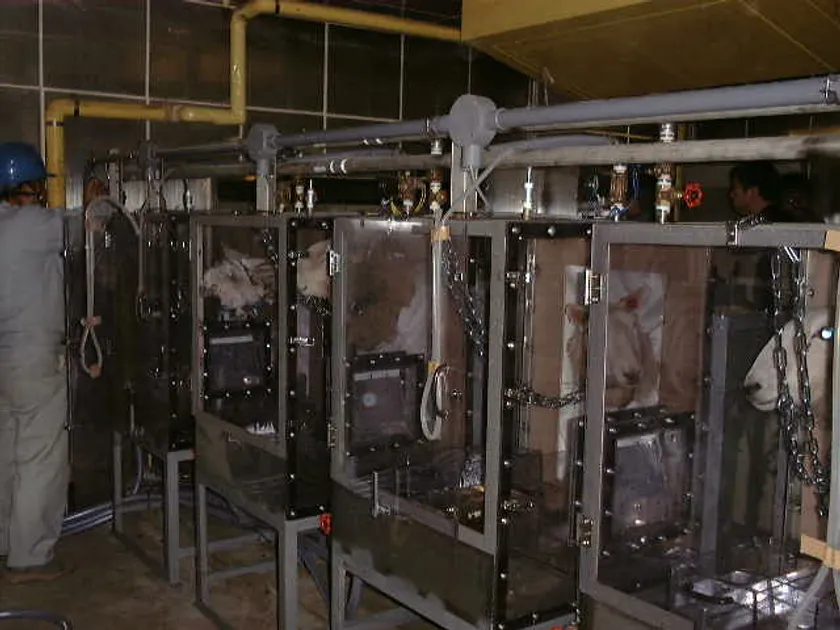
Open-circulation breathing head hood
The study was conducted in the following four groups
(1) Control group: fed alfalfa hay cubes
(2) Sodium nitrate group: Alfalfa hay cubes containing 0.18% sodium nitrate in the dry matter
(3) Sodium nitrate + L-cysteine group (high concentration): Hay cubes of alfalfa containing 0.18% sodium nitrate and 0.74% L-cysteine in dry matter
(4) Sodium nitrate + L-cysteine group (low concentration): Hay cubes of alfalfa containing 0.18% sodium nitrate and 0.37% L-cysteine in dry matter
Feeding hay containing 0.18% sodium nitrate increased mean methemoglobin levels by 11.2% and reduced methane production in the rumen by 47%. However, administration of L-cysteine 0.74% or 0.37% in combination with sodium nitrate alone decreased methemoglobin levels formed by 68% and 58%, respectively (P < 0.05). On the other hand, L-cysteine administration resulted in a 35% reduction in methane gas emissions, both compared to the control. The results of this study indicate that ruminant rumen methane production can be reduced by maintaining the sodium nitrate content at approximately 0.18% in the dried hay and by feeding diets with L-cysteine at 0.37-0.74%, while reducing the formation of methemoglobin. This method was used to reduce methane gas production in ruminants by feeding a diet adjusted to 74%. This method is recommended as a safe and effective way to reduce methane emissions from ruminant burping, leading to improved livestock productivity and reduced nitrogen excretion, which causes nitrous oxide emissions.
The mitigating effect of feeding lucerne hay cubes supplemented with an optimal combination of nitrate with l-cysteine on enteric methane emission in sheep Junichi Takahashi, Ignacia Braga Tanaka
Science of The Total Environment. 2024; 906: 167747
doi: http://doi.org/10.1016/j.scitotenv.2023.167747
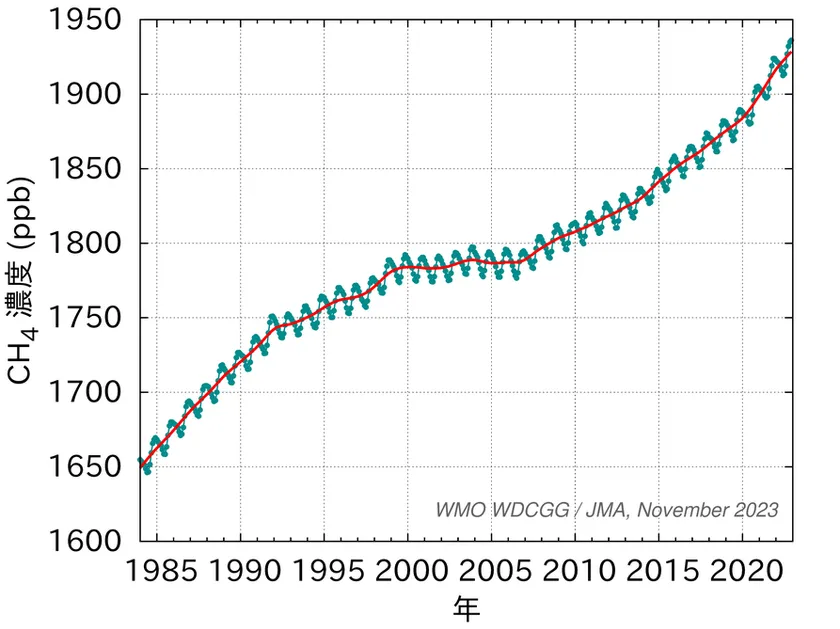
Atmospheric methane concentration
- Category:
- Corporate Trends
- Genres:
- Economy(Japan) General Business Technology

